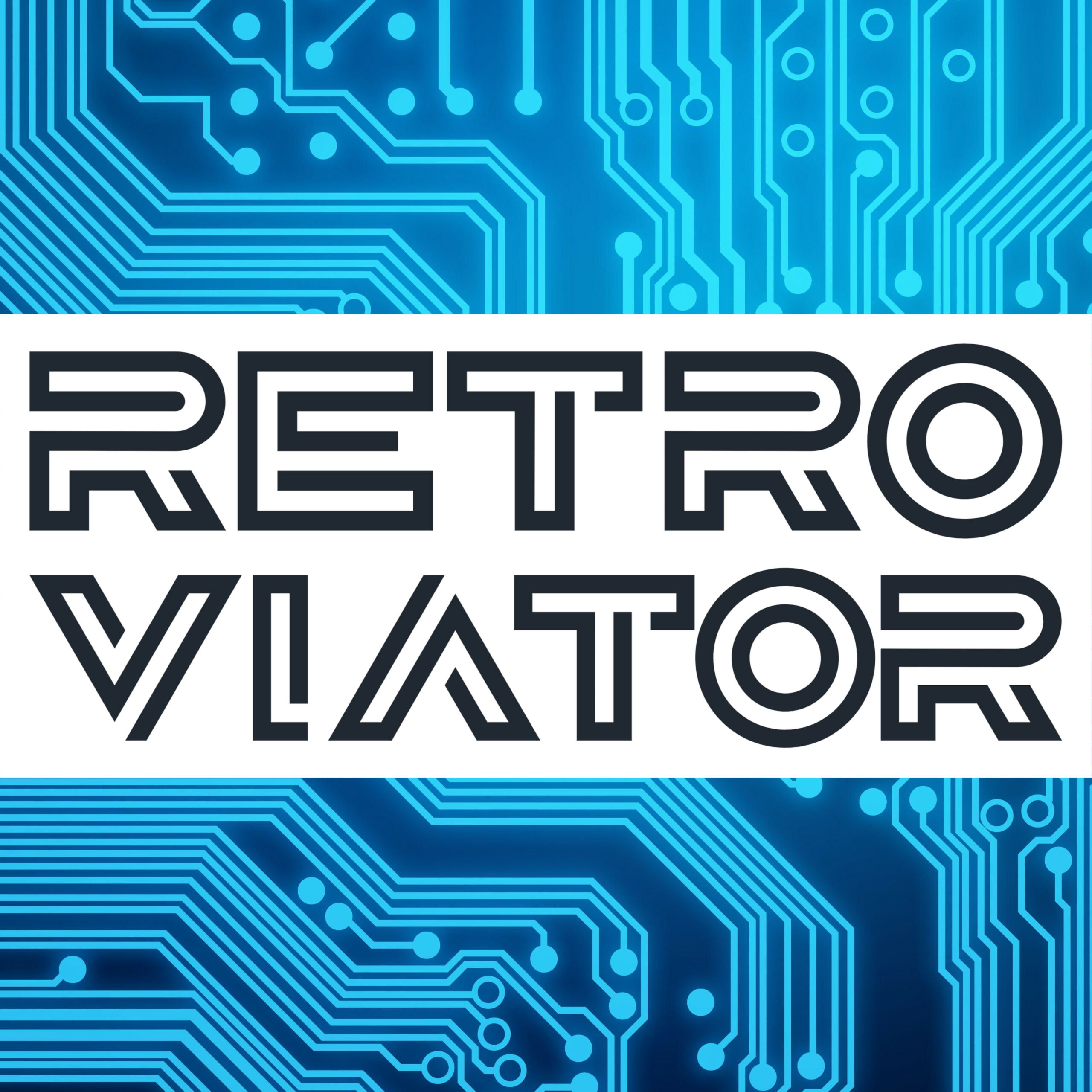Compaq succeeded in getting the better of IBM throughout the 1980s. First, reverse-engineering the PC’s BIOS when creating the trailblazing Compaq Portable. Then, introducing Intel’s 80386 processor in the Compaq DeskPro computer. Finally, spearheading industry opposition to IBM’s proprietary Micro Channel architecture and developing the competing EISA bus. Though Compaq soared through the ’80s, it suffered when PCs were commoditized in the early ’90s. Lagging sales in 1991 prompted Compaq’s chairman, Ben Rosen, to orchestrate the ouster of long-time CEO Rod Canion. Rosen and Canion disagreed on how Compaq should respond to the industry’s race to the bottom, with Canion favoring in-house technologies and Rosen wanting to purchase off-the-shelf components. In June 1992, under new CEO Eckhard Pfeiffer’s leadership, Compaq…
3 CommentsClassic Computer Enthusiast







